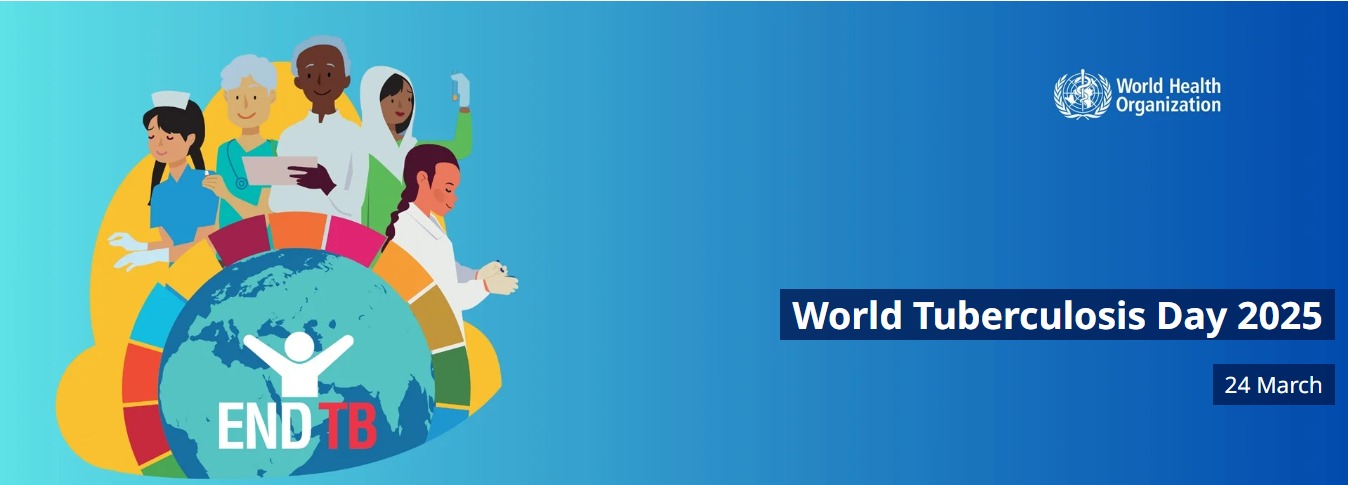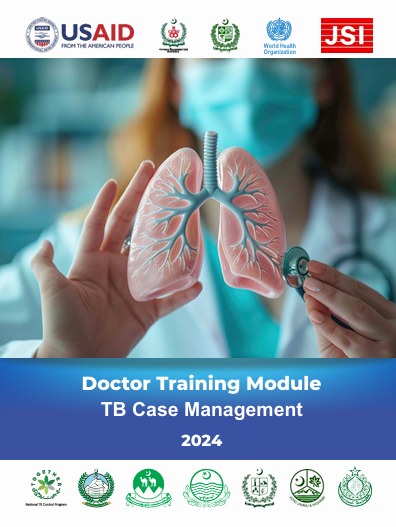INTRODUCTION
Tuberculosis (TB) is a big problem worldwide, with 10.6 million cases each year and over 1.6 million deaths. Diabetes mellitus (DM) is also growing fast, affecting over 540 million people. The mix of TB and DM is a big challenge for health, as DM makes TB risk three times higher. This shows why we need to find and treat both diseases together.
Understanding TB and DM together is key to fighting these diseases. The World Health Organization (WHO) says we need to work together to manage TB and DM. This includes better ways to find and treat people with both diseases.
Dealing with TB and DM together is complex. By studying how these diseases interact, we can learn more about them. This knowledge helps us create better ways to prevent and treat these diseases.
Key Takeaways
- TB remains a significant global public health challenge, with 10.6 million cases reported annually.
- DM has emerged as an escalating epidemic, affecting over 540 million people globally.
- DM triples the risk of developing active TB, highlighting the importance of comorbidity.
- Active case findings are crucial in the context of tuberculosis and diabetes mellitus.
- Integrated approaches are necessary to tackle the comorbidity of TB and DM.
- Improved screening and diagnostic techniques are essential for effective management and treatment of TB and DM.
The Global Burden of TB and Diabetes Mellitus Comorbidity
TB and diabetes together create a big public health problem. Diabetes makes people three times more likely to get TB. This is a big issue for millions worldwide, especially for those with diabetes who have weaker immune systems.
Getting TB is a big risk for people with diabetes. That’s why tb screening is key for catching and treating it early.
Studies show TB and diabetes are big concerns, especially in poorer countries. People with little healthcare access, poor nutrition, and poverty are most affected. It’s crucial to tackle tb and diabetes together with better care plans.
To fight TB and diabetes together, we need good tb screening for diabetic patients. Here’s how:
- Regular health check-ups and screenings
- Improved access to healthcare services
- Enhanced awareness and education about TB and diabetes
By tackling the tb risk linked to diabetes, we can lessen the global burden of TB and diabetes. This will help improve health and well-being for those affected.
Understanding the Bidirectional Relationship Between TB and DM
The relationship between TB and DM is complex. TB can make diabetes harder to manage. At the same time, diabetes weakens the immune system, making TB more likely. This shows why we need good tb prevention in diabetes plans.
Finding tb diagnosis in diabetic patients can be tough because symptoms are similar. So, it’s key to raise awareness and teach people about tb treatment in diabetes. Knowing how TB and DM affect each other helps doctors create better treatment plans.
Impact of Diabetes on TB Progression
Diabetes can make TB worse by weakening the immune system. It’s crucial to control diabetes well to avoid TB problems. A good tb prevention in diabetes strategy includes regular health checks, the right medicine, and healthy living.
Effects of TB on Diabetes Control
TB can make diabetes harder to manage by causing more inflammation and stress. To treat tb in diabetes effectively, doctors need to work together. They should use anti-TB drugs, manage diabetes, and help patients live healthier. This way, patients can get better faster.
Screening Strategies and Diagnostic Challenges
In places like Southeast Asia, Africa, and Latin America, tb screening is key. These areas deal with a lot of TB and diabetes mellitus. Early diagnosis is vital to manage these diseases well.
Healthcare teams must find and treat TB and diabetes early. This helps avoid serious problems and improves health outcomes.
To tackle comorbidity, healthcare must use active case findings. This means actively looking for TB and diabetes. It helps catch cases that might be missed.
Some effective ways to screen for TB include:
- Using quick tests to spot TB fast
- Setting up regular tb screening for at-risk groups
- Teaching healthcare workers about managing comorbidity
These methods help improve tb screening and diagnosis. This reduces the impact of
| Region | Prevalence of TB and DM | Comorbidity Rate |
|---|---|---|
| Southeast Asia | High | Significant |
| Africa | High | Substantial |
| Latin America | Moderate | Notable |
Management Approaches in Resource-Limited Settings
Managing tuberculosis and diabetes mellitus together is complex. In places with less access to healthcare, it’s even harder. It’s key to treat tb in diabetes well to avoid serious problems and help patients get better.
Healthcare workers need training to handle tuberculosis and diabetes mellitus together. They must grasp how these diseases affect each other. It’s also vital to educate patients and offer them support. This helps them understand their treatment and manage their health better.
- Creating treatment plans that consider how tuberculosis and diabetes mellitus interact
- Setting up systems to check on patients and change treatment if needed
- Teaching patients and supporting them to manage their health well
By using a detailed approach to manage tuberculosis and diabetes mellitus together, healthcare teams can help patients more. This also lessens the impact of these diseases in areas with fewer resources.
Regional Variations and Healthcare System Responses
TB and diabetes together create a big public health problem. Diabetes makes people three times more likely to get active TB. So, tb prevention in diabetes is key for health care around the world.
How different places handle TB and diabetes together varies a lot. Some places have good screening plans. Others don’t have enough resources.
- Rich countries have strong health systems. They can find and treat TB and diabetes early.
- Poor countries have big challenges. They struggle to give good health care, making TB and diabetes worse.
It’s important to know how different places deal with TB and diabetes. This helps health care systems make better plans. They can then lower the risk of TB in people with diabetes and help with tb prevention in diabetes.
As we work on TB and diabetes together, we must see the role of regional differences. They shape how we fight this big health problem.
National Perspective: Pakistan
Pakistan is among the 30 high TB burden countries globally, with over 500,000 new cases annually, contributing to 6% of the global TB burden. Meanwhile, diabetes prevalence in Pakistan is alarmingly high, with over 33 million adults diagnosed, ranking it third in the world for diabetes prevalence (IDF, 2023). The coexistence of TB and DM poses a significant challenge for Pakistan’s healthcare system, which is already under strain due to limited resources and competing health priorities.
The interaction between TB and DM is particularly concerning for Pakistan, as individuals with diabetes are more likely to experience severe TB symptoms, delayed sputum conversion, higher relapse rates, and even increased mortality. Despite the obvious health implications, the dual burden of TB-DM comorbidity has received limited attention in the country’s health policies.
National programs such as the National TB Control Program (NTP) have started to address this challenge by initiating collaborative efforts with diabetes care providers. However, there is still a lack of standardized guidelines for integrated TB-DM care. Gaps in training healthcare workers, lack of screening protocols, and limited awareness among patients hinder effective management of this comorbidity.
Provincial Perspective: Punjab, Pakistan
Punjab, Pakistan’s most populous province, contributes significantly to the national TB burden, reporting nearly 50% of the country’s TB cases annually. Similarly, the diabetes prevalence in Punjab mirrors national trends, with an estimated 25-27% of the adult population affected. This overlapping epidemic creates a unique set of challenges for the province.
In Punjab, the Provincial TB Control Program (PTP) is actively working to combat TB through initiatives such as mobile X-ray vans, chest camps, and diagnostic facilities. However, integrating diabetes screening into TB control initiatives remains a nascent effort.
Key challenges in Punjab include:
- Underdiagnosis of Diabetes in TB Patients: A large proportion of TB patients are not routinely screened for diabetes, resulting in missed opportunities for early intervention.
- Health System Constraints: Overburdened health facilities, a shortage of trained healthcare providers, and insufficient resources limit the ability to implement integrated care models effectively.
- Poor Treatment Adherence: Patients with both TB and DM often face financial barriers, stigma, and a lack of understanding about the diseases, leading to poor adherence to treatment regimens.
The Way Forward: Recommendations for Punjab
To address the growing TB-DM epidemic in Punjab, the following steps are recommended:
- Integrated Screening Programs: All TB patients should be screened for diabetes at diagnosis, and all diabetes patients should be routinely assessed for TB symptoms.
- Capacity Building: Training healthcare providers on the bidirectional relationship between TB and DM is crucial to ensure accurate diagnosis and treatment.
- Public Awareness Campaigns: Community engagement and health education campaigns can play a vital role in reducing stigma and encouraging patients to seek timely care.
- Strengthening Data Collection and Research: Developing robust surveillance systems and conducting operational research can provide valuable insights into the epidemiology and management of TB-DM comorbidity.
- Collaboration with Private Sector: Engaging private healthcare providers and pharmaceutical companies can help fill resource gaps and improve access to care.
Conclusion
The TB-DM comorbidity represents a pressing challenge that threatens to undermine progress in controlling both diseases globally and in Pakistan. In Punjab, adopting integrated approaches that emphasize screening, capacity building, and collaboration between stakeholders can pave the way for effective management of this dual epidemic. By prioritizing TB-DM comorbidity within public health policies and programs, Punjab has the potential to serve as a model for other provinces and countries facing similar challenges.
FAQ
What is the relationship between tuberculosis (TB) and diabetes mellitus (DM)?
TB and DM have a complex relationship. Diabetes makes it three times more likely to get active TB. TB can also make diabetes harder to manage. This makes it a big challenge for public health.
Who is at a higher risk of developing TB if they have diabetes?
People with diabetes are much more likely to get active TB. This risk is even higher in places where both TB and DM are common, like Southeast Asia, Africa, and Latin America.
How can TB be prevented in individuals with diabetes?
To prevent TB in diabetics, early detection is key. Regular TB tests, especially in high-risk areas, can catch infections early. This helps avoid complications and stops the disease from spreading.
How is TB diagnosed in diabetic patients?
Finding TB in diabetics is harder because of their health issues. Doctors might use different tests like chest x-rays, sputum tests, and blood tests. This helps find TB infections accurately in this group.
How is TB treated in individuals with diabetes?
Treating TB in diabetics needs a careful plan. Doctors adjust TB treatments and watch for any problems with diabetes drugs. This ensures the best care for both diseases.
What are the challenges in managing TB and DM comorbidity in resource-limited settings?
In places with less resources, managing TB and DM together is tough. There’s limited access to tests, poor healthcare setup, and not enough trained doctors. This makes it hard to screen, diagnose, and treat both diseases.
How can healthcare systems and providers address the management of TB and DM comorbidity?
To manage TB and DM together, a few steps are needed. – Create standard treatment plans for both diseases. – Improve care and follow-up for patients with both conditions. – Train doctors better to handle TB and DM. – Set up programs to educate and support patients with these conditions.



0 Comments